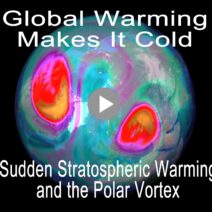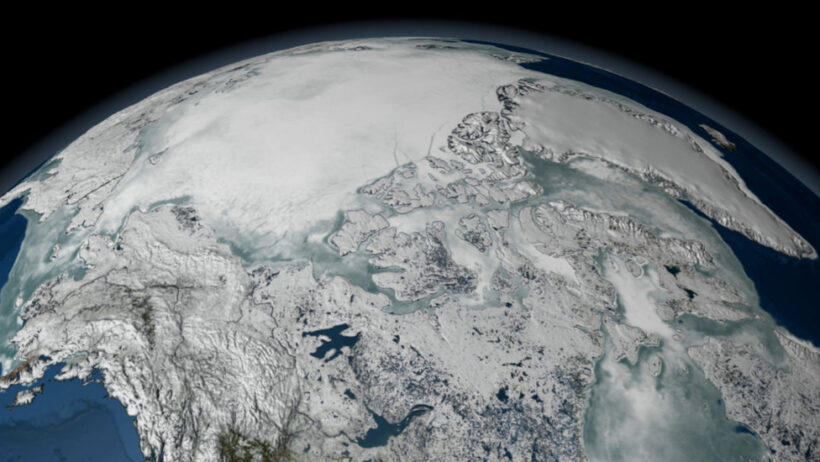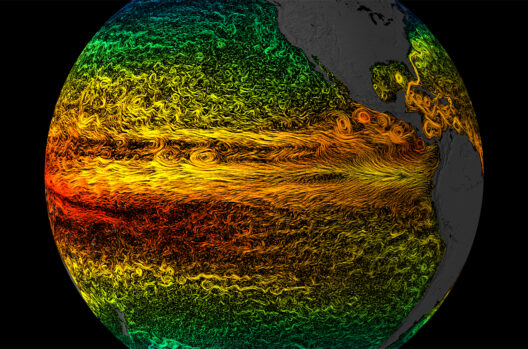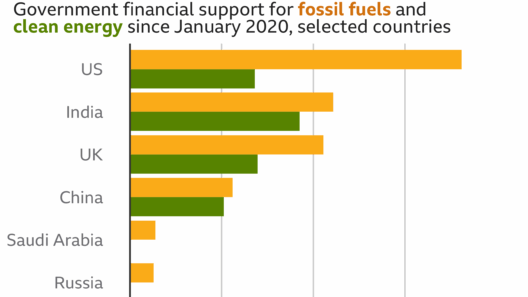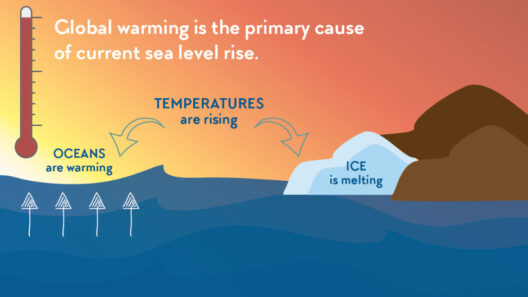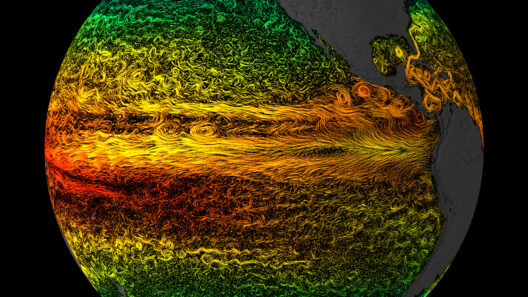The paradox of cold weather in the context of global warming is a captivating yet perplexing phenomenon. At first glance, the concept of a warming planet may elicit images of sun-drenched summers and drought-ridden landscapes. However, the reality encompasses a complex interplay between rising global temperatures and the advent of winter extremes. Understanding this anomaly necessitates a keen examination of climatic processes, atmospheric dynamics, and the broader implications of climate change on seasonal manifestations.
To unravel this paradox, it is imperative to first grasp the fundamental principles underlying global warming. Driven primarily by the accumulation of greenhouse gases—such as carbon dioxide and methane—in Earth’s atmosphere, global warming elevates temperatures on a large scale. Yet, the resulting changes in temperature do not manifest uniformly across the globe. Instead, they engender alterations in weather patterns, prompting not only heatwaves but also incidents of significant cold.
A pivotal aspect contributing to winter extremes lies in the disruption of the polar vortex. This phenomenon describes a large area of low pressure surrounding the Earth’s poles. Under normal conditions, the polar vortex contains frigid air masses in the Arctic. However, mounting evidence indicates that as the Arctic warms—an effect known as Arctic amplification—the polar vortex becomes destabilized. This destabilization can give rise to erratic jet stream patterns, which may lead to the southward migration of cold air into mid-latitude regions.
Intriguingly, when warmer air infiltrates polar regions, it can create a feedback loop. Warmer temperatures contribute to the melting of Arctic ice, which diminishes the reflective surface albedo. This in turn leads to further warming, exacerbating the conditions that disrupt the polar vortex. The resultant behavior of the jet stream becomes increasingly erratic, oscillating between waves of warm air and substantial incursions of cold air. This unpredictable pattern can yield prolonged spells of extreme cold in winter months, striking regions that might otherwise experience milder conditions.
The consequences of these shifts extend beyond mere discomfort—they can pose genuine threats to ecosystems, agriculture, and public health. For instance, colder-than-average winters can stress local flora and fauna, disrupting their vital cycles. Additionally, agricultural sectors may grapple with unexpected frost events that compromise yields. These fluctuations create an urgent need for adaptive strategies, as traditional seasonal forecasts no longer suffice in a climate beset by extremes.
Moreover, it merits discussion how this paradox can distort societal perceptions of climate change. The manifestation of severe winter weather can lead to public skepticism regarding the long-term trends of global warming. When individuals experience bitterly cold temperatures, it can be challenging to reconcile those sensations with discussions of escalating global averages. This cognitive dissonance can impede proactive climate action, as the immediacy of cold weather overshadows the gradual changes wrought by climate change.
To counteract this misapprehension, fostering a nuanced understanding of climatic phenomena is essential. Education and awareness campaigns are vital tools in bridging the knowledge gap and enhancing public discourse on climate science. By promoting a broader ecological perspective, communities can better appreciate the interconnectedness of seasonal variances and the overarching narrative of climate change. The more informed populace will become adept at discerning the intricate relationships between warming and winter extremes.
Additionally, policymakers must address the pressing need for adaptive infrastructure capable of withstanding the consequences of unpredictable weather patterns. Investment in resilient energy grids, improved weather forecasting, and comprehensive emergency response systems can alleviate the challenges posed by extreme winter events. The integration of climate science into urban planning and resource management will facilitate more sustainable responses to both rising temperatures and the sporadic winter extremes they can precipitate.
As society grapples with the complexities of global warming, it may be prudent to embrace the “cold weather paradox” as a clarion call for action. Each bitter winter blast can serve as a poignant reminder that climate change is neither linear nor straightforward. The dynamics of the atmosphere are intricate, and acknowledging that climate change can exacerbate winter extremes necessitates a paradigm shift in how individuals and communities respond to environmental challenges.
Ultimately, fostering curiosity about these phenomena—how winter extremes can arise in a warming world—could lead to deeper engagement with climate science. It encourages rigorous inquiry and a collective responsibility to mitigate our impact on the planet. Addressing climate change is not merely an environmental obligation; it is an ethical imperative that affects the delicate balance of ecosystems and societies alike.
In conclusion, the cold weather paradox invites us to reconsider our long-standing beliefs about climate change and its implications. Through informed perspectives, robust infrastructure, and shared responsibility, society can navigate the choppy waters of climatic uncertainty while remaining committed to creating a sustainable future. As the climate warms, an understanding of winter’s extremes must inform our strategies and spark a movement toward a resilient and adaptable society.


